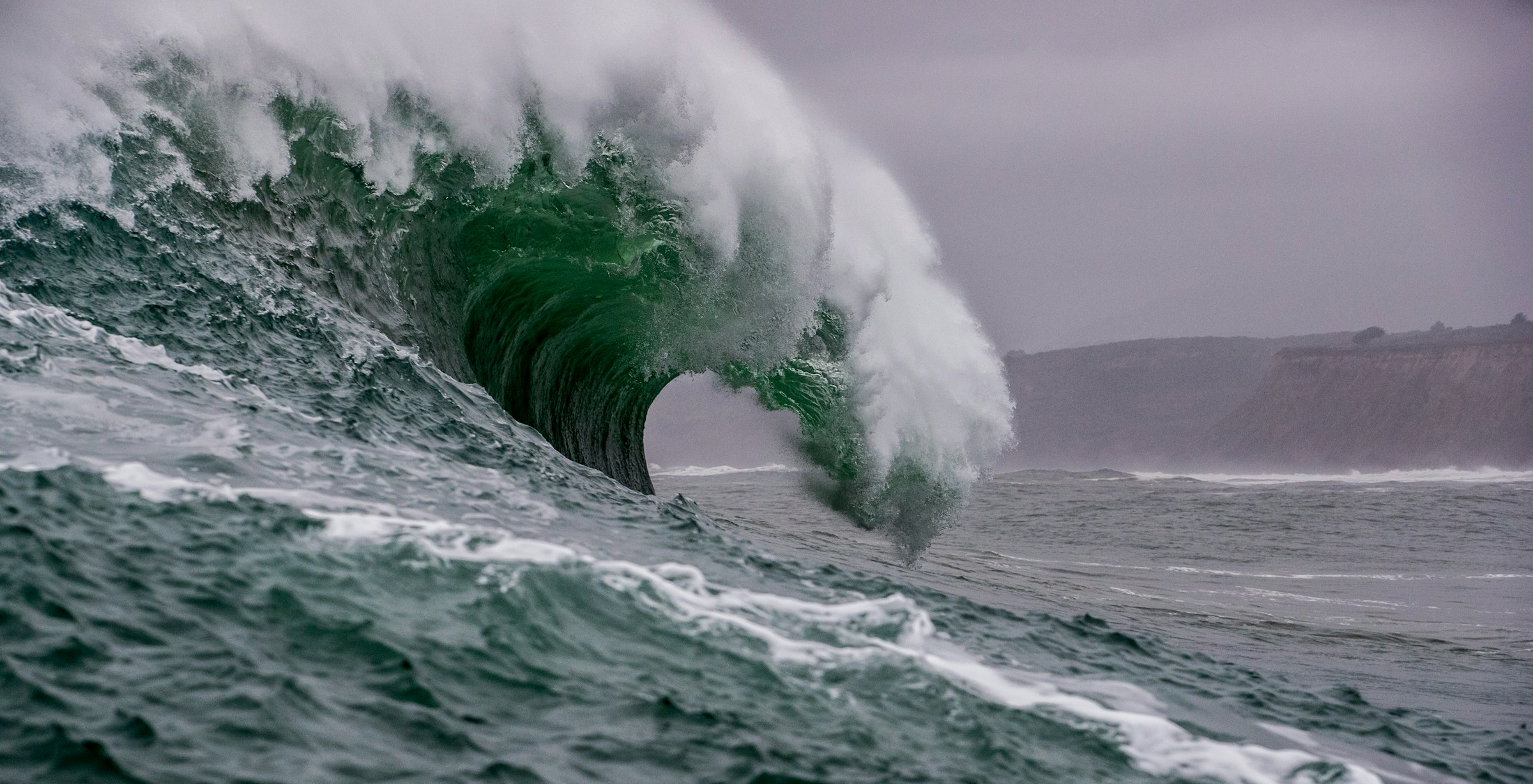When an 8.7-magnitude undersea earthquake struck off Russia’s Kamchatka Peninsula this week, the first responders weren’t just emergency crews. They were also corporate crisis teams scrambling to check exposure, reroute logistics, and prepare for the worst.
Tsunami evacuation warnings were promptly issued for Hawaii, Japan’s Pacific coast, and parts of coastal Alaska. But the real story isn’t just the wave threat. It’s how global businesses—especially those with critical infrastructure in the Asia-Pacific—are still lagging in their ability to manage fast-unfolding disasters across multiple time zones.
Because when one part of the system jolts, the aftershocks reverberate far beyond the epicenter.
Let’s be clear: this wasn’t a populated-area quake. Kamchatka’s remoteness minimized direct casualties or property damage. But the tsunami warnings triggered in Japan and Hawaii—two key logistics hubs and economic zones—were a stress test of a different kind.
In Hawaii, flight operations paused and ports braced for impact. In Japan, disaster response units activated coastal defenses built for events exactly like this. And across boardrooms in Singapore, Seoul, and San Francisco, executives revisited continuity playbooks few had updated since the last Pacific tsunami event a decade ago.
The problem isn’t ignorance. It’s inertia. Many multinational firms still model risk based on historical regional events—one location, one disruption, one recovery. But today’s crises don’t respect borders. They cascade. And that’s where the real exposure lies.
When tsunami warnings are issued for both Hawaii and Japan, it’s not a niche Pacific issue. It’s a global business problem.
Why? Because those two regions alone handle:
- A combined 15% of global maritime traffic
- Critical semiconductor and automotive production capacity
- Hundreds of multinational data centers and satellite offices
- Key undersea cable junctions for internet and financial traffic
Even if no physical damage occurs, the response time matters. A port shutdown—even for 12 hours—ripples through inventory planning, insurance timelines, and downstream supply chain confidence. One day of delay in Yokohama can jam warehouse schedules in Germany and disrupt supplier sequencing in Mexico. And when warnings are issued simultaneously in both regions, global operators face a challenge few are ready for: dual-location contingency management.
Japan, for its part, handled the event with practiced calm. It has some of the world’s most advanced seismic and tsunami warning systems, and a population trained in disaster drills from school age.
But imagine if the same warning had hit the coastlines of the Philippines, Indonesia, or Bangladesh—regions with rising industrial footprints but thinner safety infrastructure and public emergency coordination.
That’s the real asymmetry businesses often ignore. As firms expand manufacturing bases and logistics nodes into more cost-efficient markets, many fail to account for the resilience gap. The factory might be new. The roads, evacuation routes, and comms protocols are not. And insurance won’t cover your lack of foresight.
The earthquake will almost certainly prompt a reassessment by insurers and reinsurers of regional exposure. But the financial impact isn’t limited to property damage. Business interruption coverage, force majeure clauses, and reinsurance thresholds are all shaped by how long companies take to assess, communicate, and coordinate.
Here’s the problem: most firms respond slower than the quake itself. It took minutes for tsunami warnings to be issued—but hours, sometimes days, for multinationals to confirm staff safety, review third-party risk, and reconfigure asset routing.
The disconnect isn’t technological. It’s operational. Crisis coordination—especially across language, jurisdiction, and regulatory environments—still moves too slowly to match the pace of climate-driven disaster volatility.
Some executives argue that disaster protocols exist—and technically, that’s true. But many are paper exercises conducted once a year with limited scenario complexity.
When multiple ports in different nations go into tsunami alert at once, questions arise that aren’t always well-practiced:
- Which communication system takes precedence: corporate HQ or local agency?
- Who authorizes cargo rerouting when customs offices are shut?
- How do data privacy laws interact with emergency staff tracking?
The real test isn’t your server redundancy. It’s your cross-border governance map. And too many firms still haven’t rehearsed what happens when two hubs go dark—especially if they don’t speak the same regulatory language.
The Russia quake did not cause a Pacific disaster. But it revealed how thin the edge is between global resilience and coordinated chaos. Hawaii and Japan issued tsunami evacuation warnings. Global investors didn’t panic. Supply chains held. But that doesn’t mean we passed the test. It means we got a warning.
And the businesses that treat this as a wake-up call—not a weather anomaly—will be better positioned for the next, less forgiving event.















